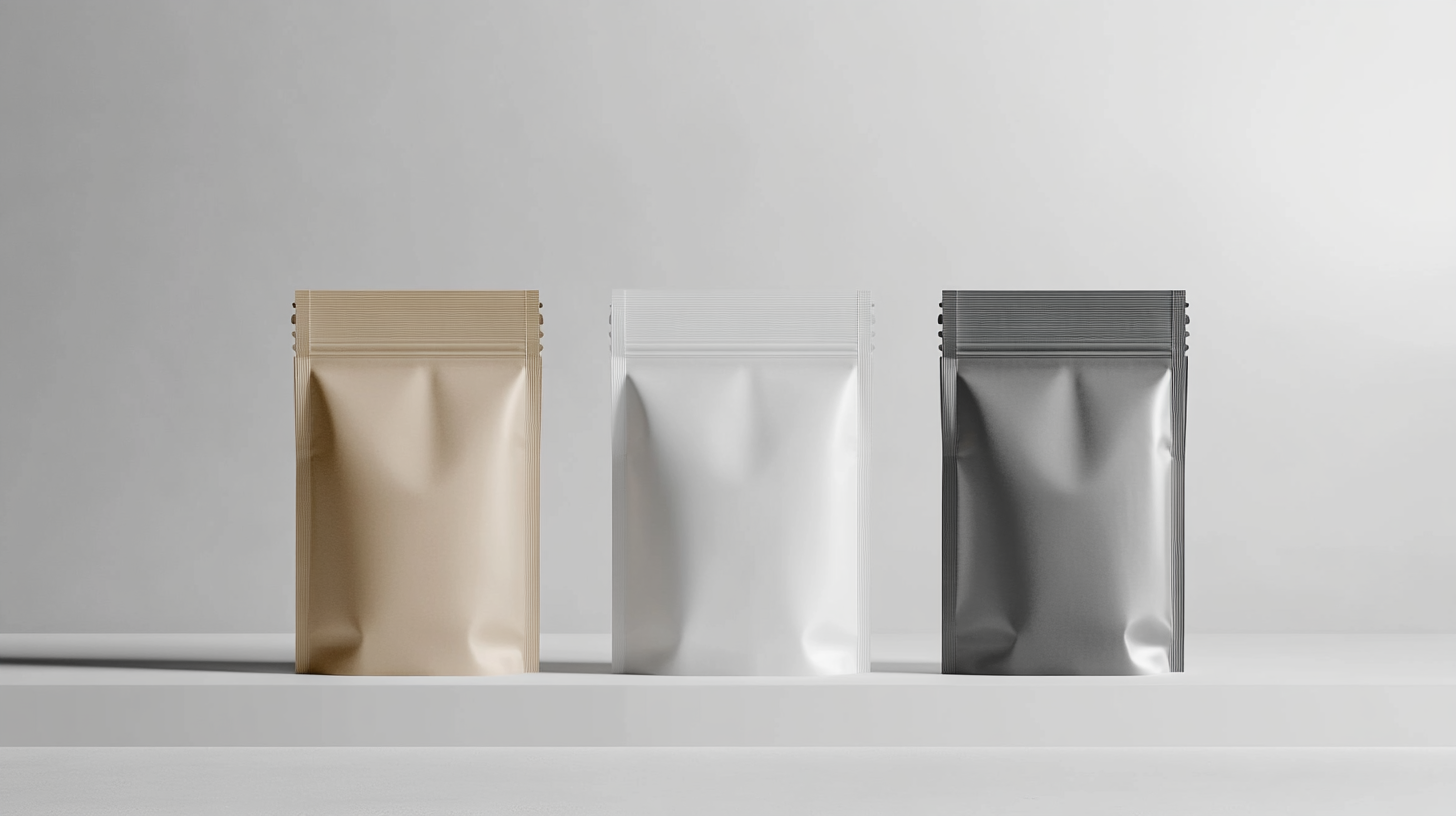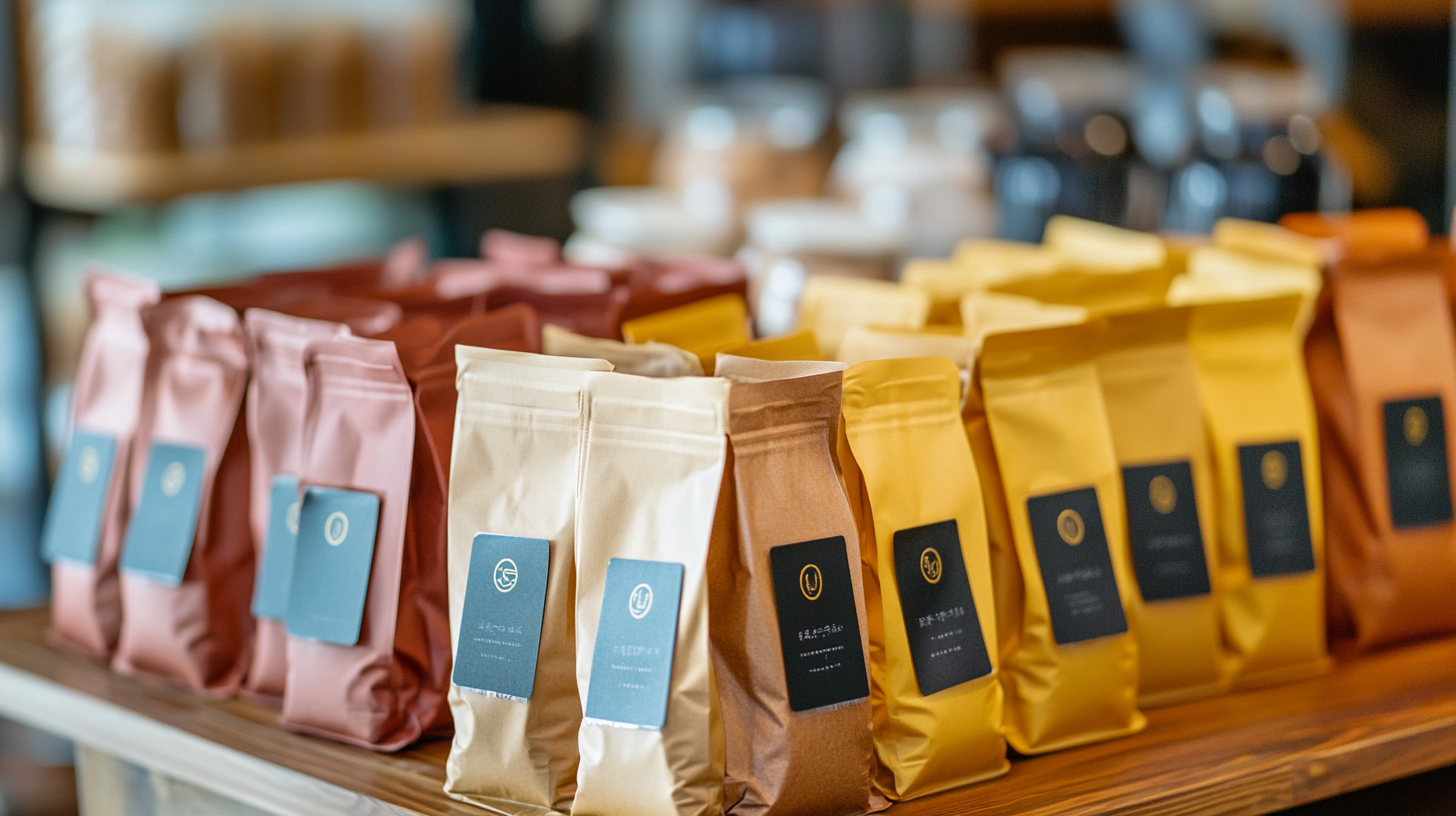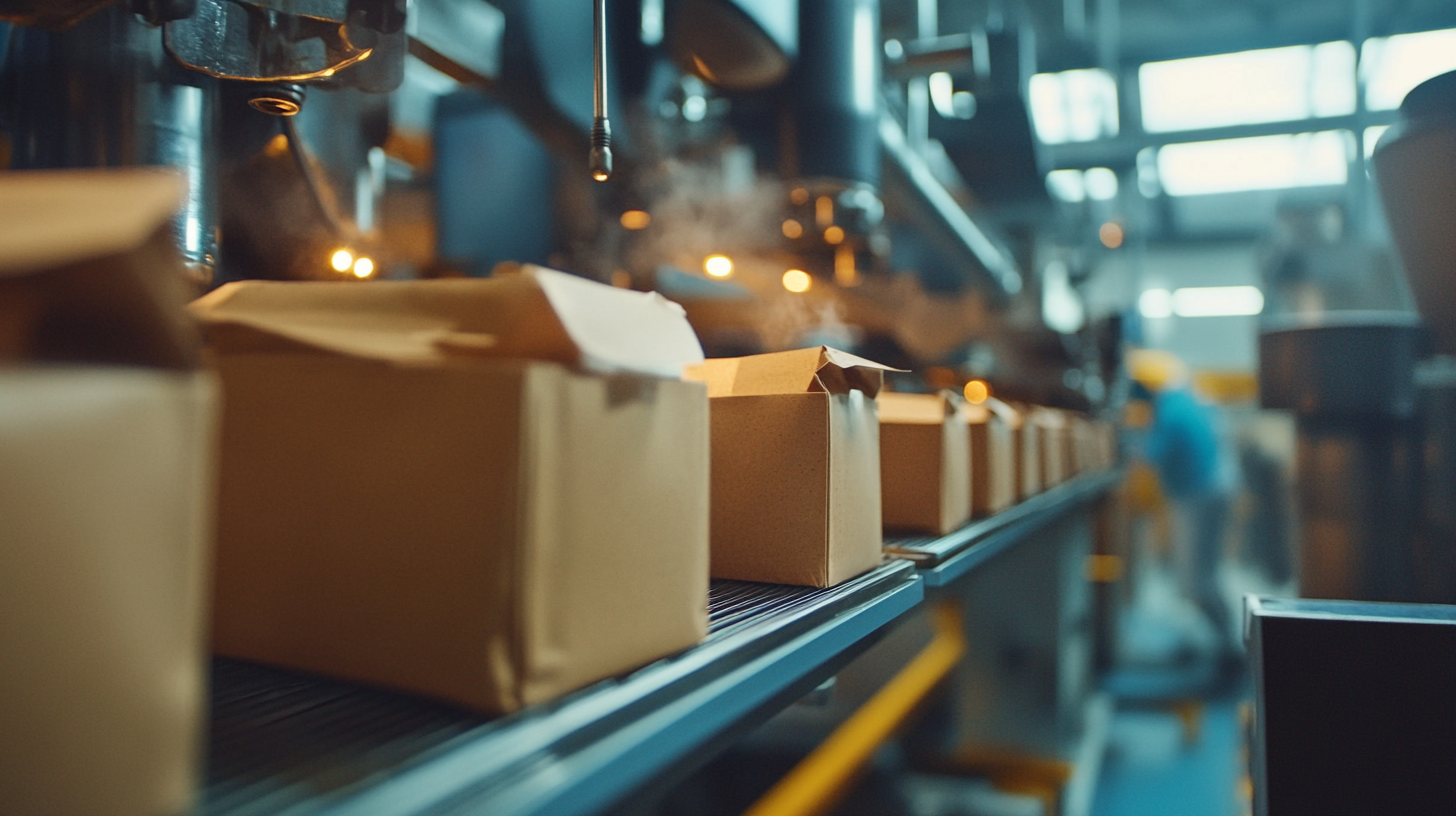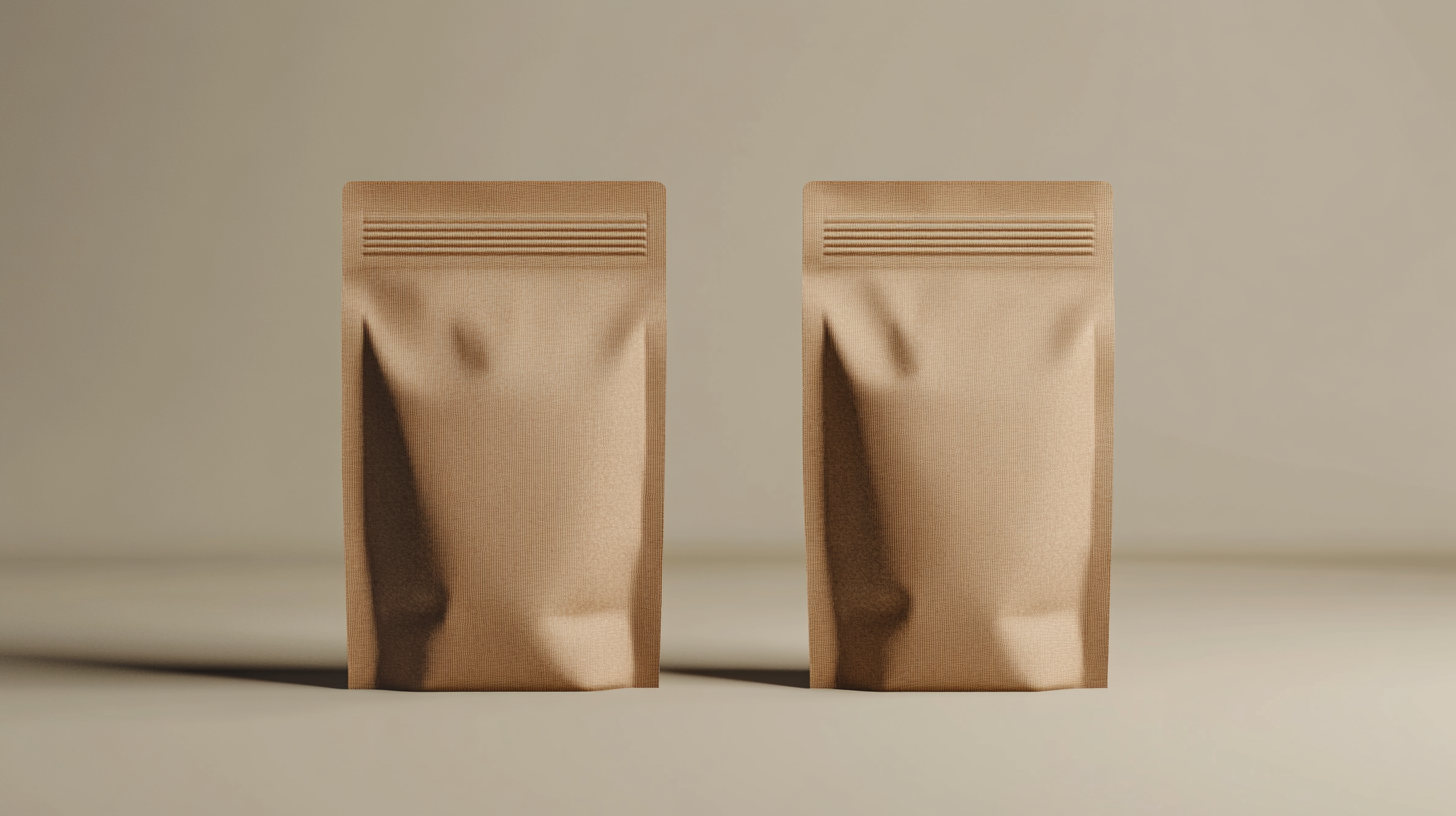- Phone:+86 15218629499
- Phone: +86 15766990063
- E-mail: Yzprinting01@163.com
In the competitive world of coffee production and sales, packaging plays a crucial role in capturing consumer attention and ensuring product freshness. Coffee Bag Packaging has evolved significantly over the years, becoming not just a protective layer for the beans but also a canvas for branding and storytelling. As global buyers seek unique offerings, understanding the intricacies of effective packaging can make a substantial difference in their decision-making process.
This blog delves into seven key insights into Coffee Bag Packaging that every global buyer should consider. From innovative materials that enhance shelf life to design elements that resonate with the target audience, these insights will provide valuable knowledge for navigating the complexities of coffee packaging. By staying informed about the latest trends and practices, buyers can make more educated choices that ultimately lead to greater consumer satisfaction and brand loyalty.

The choice of coffee bag materials plays a crucial role in preserving the freshness of coffee, a factor that is vital for both consumers and retailers. Coffee is an organic product that begins to lose its flavor and aroma shortly after roasting. Therefore, selecting the right packaging is essential for extending its shelf life and maintaining quality. High-barrier materials designed to impede the entry of oxygen, moisture, and light are key in this regard. These elements can significantly degrade coffee, making it vital to opt for materials that provide protection against such threats. One of the most popular options for coffee bag packaging is multilayer films, which combine different materials to create an effective barrier against external factors. Aluminum foils, for example, are often used to keep oxygen at bay while allowing for heat sealing, which is necessary for freshness. Furthermore, it’s important to consider the use of one-way valves in packaging, which permit gases from freshly roasted beans to escape without letting air in. This technology contributes to keeping coffee fresh for a longer time and enhances the overall customer experience. Additionally, sustainable materials are gaining traction in the industry as environmentally-conscious consumers demand eco-friendly options. Biodegradable and recyclable materials not only cater to this trend but also help in reducing the carbon footprint of coffee packaging. By understanding the importance of various materials for freshness preservation, global buyers can make informed decisions that not only benefit their product but also resonate with an environmentally aware consumer base.

In the competitive market of coffee products, design plays a pivotal role in capturing the attention of consumers worldwide. A well-crafted packaging design not only reflects the brand’s identity but also resonates with the cultural aesthetics and preferences of diverse markets. The visual appeal of a coffee bag can significantly influence purchasing decisions, as it serves as the first point of contact between the consumer and the product.
Incorporating elements such as vibrant colors, interesting typography, and striking imagery can create an emotional connection with consumers. For instance, eco-friendly packaging design has gained traction as more consumers prioritize sustainability in their purchasing choices. Coffee brands that utilize biodegradable or recyclable materials, along with minimalist designs, can attract environmentally conscious buyers. Additionally, storytelling through design allows brands to convey their unique origins, craftsmanship, and ethical sourcing, appealing to consumer values.
Furthermore, understanding the target market's preferences is crucial in design choices. Packaging that reflects local customs or trends not only creates familiarity but also enhances the product’s authenticity. For example, in Asian markets, designs featuring traditional motifs can evoke nostalgia and appeal to local consumers. By thoughtfully integrating design elements that cater to different cultural backgrounds, coffee brands can successfully engage a global audience and stand out in an increasingly crowded marketplace.

Eco-friendly packaging solutions are becoming vital as the coffee industry embraces sustainability. For global buyers, selecting coffee brands that prioritize green packaging is not just about aesthetics; it signifies a commitment to environmental responsibility. Many coffee companies are shifting away from traditional plastic materials and embracing biodegradable or compostable alternatives, which have a significantly lower environmental impact. These packaging choices help reduce landfill waste and promote a circular economy, as they can be returned to nature without leaving harmful residues.
Moreover, innovative packaging designs can enhance product freshness while being environmentally conscious. For instance, brands are experimenting with bioplastics made from plant materials, which offer excellent barrier properties while being fully compostable. Additionally, some companies utilize recyclable materials, encouraging customers to participate in recycling programs. This not only appeals to eco-conscious consumers but also builds brand loyalty as customers feel they are contributing to a larger cause.
As the demand for sustainable coffee grows, so does the need for transparent communication about packaging practices. Coffee brands that highlight their eco-friendly packaging efforts on their labels can attract discerning buyers. By providing information about the materials used and their environmental benefits, brands foster trust and loyalty among consumers eager to support sustainable practices. Ultimately, integrating eco-friendly packaging solutions is a win-win: it helps the environment and enhances the brand’s appeal in an increasingly competitive market.

In the ever-evolving world of coffee packaging, innovative technologies play a pivotal role in enhancing both the appeal and functionality of coffee bags. Modern advancements have transcended traditional methods, offering solutions that cater to the growing demands of global buyers. One notable innovation is the use of multi-layer films that provide superior barrier properties, protecting coffee from moisture, oxygen, and light. This ensures that the freshness and rich flavor of the coffee are preserved, making it more appealing to consumers.
Moreover, smart packaging technologies are gaining traction in the coffee industry. Incorporating QR codes and NFC (Near Field Communication) tags into coffee bags allows brands to engage with consumers in a more interactive way. These features can provide detailed information about the coffee’s origin, brewing tips, and even promotional offers. For buyers, this means not only a premium product but also a storytelling element that can differentiate their offerings in a crowded market.
Sustainability is also at the forefront of packaging innovations. Many companies are now exploring biodegradable materials and recyclable designs, addressing the environmental concerns of consumers. As global buyers increasingly seek eco-friendly options, the shift towards sustainable coffee packaging not only enhances brand image but also attracts a conscientious customer base. By staying informed about these emerging technologies, buyers can make strategic choices that align with market trends and consumer preferences.
When it comes to coffee bag packaging, shapes and sizes play a crucial role in influencing consumer preferences. As global buyers navigate an increasingly crowded marketplace, the right packaging can make all the difference. Research indicates that unique shapes, such as slim pouches or stand-up bags, are catching the attention of consumers looking for convenience and aesthetic appeal. These shapes not only stand out on shelves but also enhance usability, making it easier for customers to pour and reseal.
Furthermore, the size of coffee bags is evolving alongside consumer trends. Single-serve options are gaining popularity, especially among millennials and busy professionals who seek convenience without sacrificing quality. Smaller bags that cater to on-the-go lifestyles are becoming essential, reflecting a shift towards personalization in coffee consumption. Conversely, larger family-sized bags remain in demand for those who prefer brewing coffee at home. This duality in sizes showcases the diverse preferences of coffee lovers, urging brands to adopt flexible packaging solutions that accommodate various consumer needs.
In addition, the sustainability aspect is becoming increasingly important. Eco-conscious buyers favor biodegradable or recyclable materials, prompting brands to rethink traditional packaging formats. As a result, innovative packaging solutions that align with both consumer preferences and environmental responsibilities are emerging. By leveraging insights into these trends, coffee brands can strategically design their packaging to attract a broader audience while fostering brand loyalty.
